Speak with an expert
Have questions about our products? Get in touch with one of our industry experts.
Have questions about our products? Get in touch with one of our industry experts.
Have questions about our products? Get in touch with one of our industry experts.
Have questions about our products? Get in touch with one of our industry experts.
Have questions about our products? Get in touch with one of our industry experts.
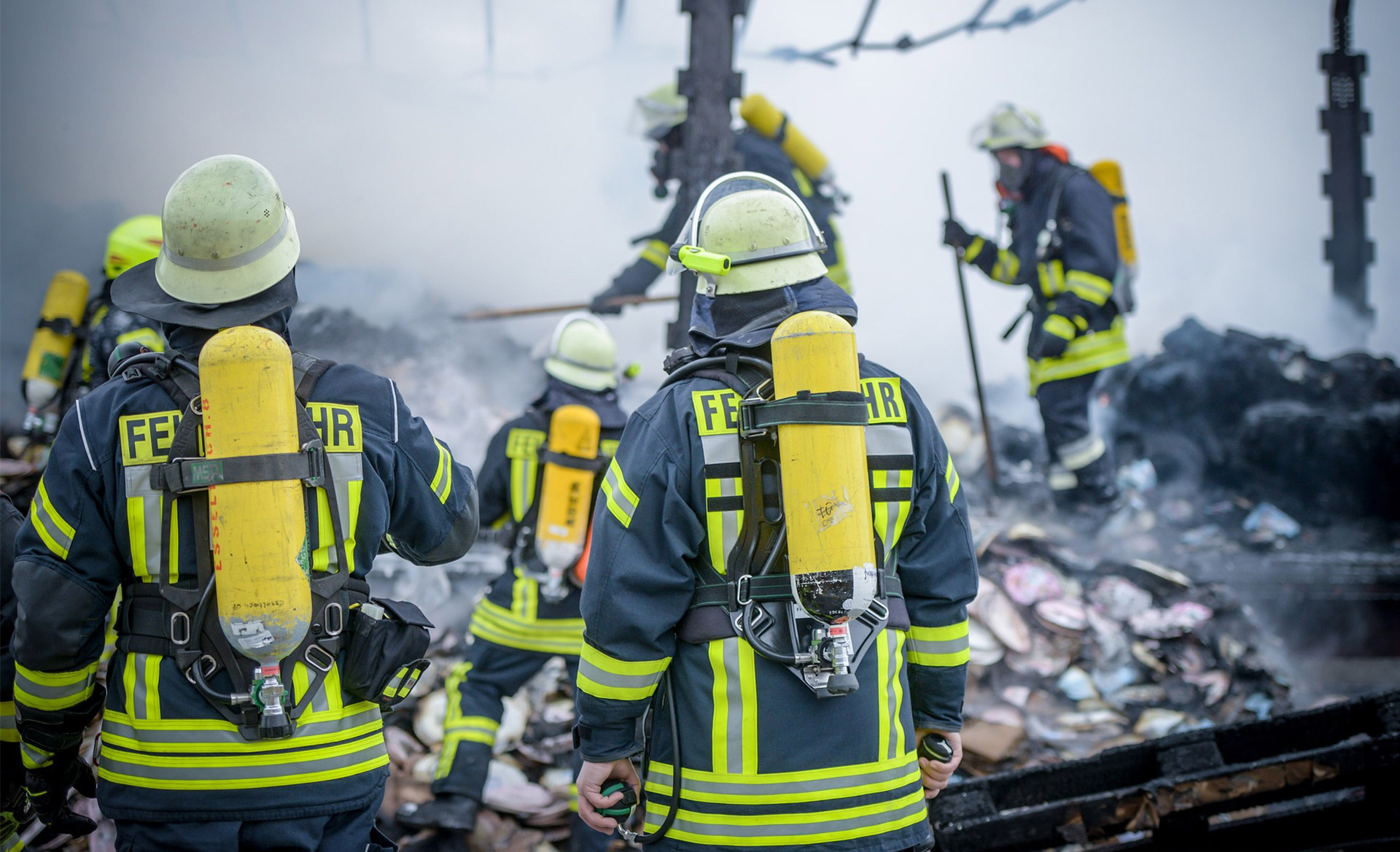
Flame retardant fabrics are essential in various industries and daily life scenarios where high safety standards are required. They not only offer protection against fire hazards but also possess durability and comfort, with wide-ranging applications as follows:
- Firefighters : Firefighters wear advanced aramid-based suits that provide heat insulation, flame resistance, and durability. These suits are often combined with moisture barriers for added comfort. The gloves made of flame retardant fabric are also crucial. They fit the hands closely, allowing firefighters to operate various firefighting equipment flexibly while effectively blocking the direct harm of high temperature and flames to the hands, preventing hand burns during rescue operations and ensuring that firefighters can carry out their tasks safely and efficiently.
- Military : Flame retardant fabrics are used in military uniforms, tents, and gear to protect personnel in combat or hazardous conditions, such as against the threat of incendiary weapons on the battlefield or potential fires in the camp, reducing the risk of burns. Military gloves, also made of flame retardant fabric, can protect the hands from flames and high temperatures whether in gun handling, military engineering operations, or field survival, ensuring the flexibility and safety of the hands and enabling soldiers to better cope with complex and dangerous situations.
Workers in these industries face risks such as flash fires and chemical spills. The flame retardant clothing they wear, often treated with oil-repellent coatings, ensures maximum safety during operations. The gloves made of flame retardant fabric are also important. They have good oil resistance and flame retardancy. When workers operate various pipeline valves, handle chemical containers, or conduct equipment maintenance, they can prevent the hands from being eroded by oil and resist possible open flames or high temperatures, avoiding hand injuries and providing reliable hand protection for daily operations.
- Aerospace: Flame retardant composites are applied to airplane interiors, such as seats, carpets, and panels, to meet strict safety regulations. In the event of an accidental fire during flight, they can slow down the spread of the fire, buying more time for passengers and crew to evacuate safely, which is of great significance for ensuring flight safety and reducing casualties. The gloves used by flight attendants are also made of flame retardant fabric. In emergency situations, when assisting passengers to evacuate and handling potential fire hazards, the gloves can protect the hands of flight attendants, ensuring that they can respond calmly and effectively to emergencies and safeguard the lives of passengers.
- Railways and Automotive: Flame retardant fabrics are used in upholstery and cabin materials to reduce fire risks and enhance passenger safety. Whether it's a train or a car, in case of a fire caused by electrical faults, etc., it can effectively slow down the spread of the fire to help passengers escape. For maintenance personnel and drivers in the transportation industry, the gloves they wear are also partly made of flame retardant fabric. During vehicle maintenance, such as when touching high-temperature parts like the engine or handling electrical circuits, they can prevent the hands from being scalded by high temperatures or ignited by electrical sparks, ensuring the safety of operators and reducing the risk of accidents caused by hand injuries.
In environments with welding, metal cutting, or chemical handling, protective clothing is essential. Flame retardant fabrics can protect workers from molten metal splashes, sparks, and heat, preventing these high-temperature substances from burning through the clothing and avoiding burns. In chemical handling scenarios, they can also prevent fire hazards caused by chemical reactions. The gloves worn by workers in such industrial manufacturing scenarios are even more critical. Gloves made of flame retardant fabric can effectively block the intense sparks and high-temperature slag generated during welding, preventing hand injuries; during metal cutting, they can prevent the hands from being cut by flying metal fragments and resist the high heat generated; when handling chemicals, they can avoid direct contact between the hands and corrosive or flammable chemicals, and at the same time possess flame retardant properties to prevent hand injuries caused by accidental fires, ensuring the safety of workers in complex and dangerous industrial manufacturing environments.
Hotels, theaters, offices, and other places often use flame-retardant-treated curtains, carpets, and furniture to meet fire safety requirements without sacrificing aesthetic design. In the event of a fire, they can control the spread of the fire in the initial stage and reduce smoke generation, ensuring the overall fire safety of public spaces. For maintenance personnel in these places, the gloves they wear during daily equipment maintenance and electrical maintenance, if made of flame retardant fabric, can prevent hand injuries caused by small fires due to improper operation to a certain extent, and also reduce the risk of fire spreading in public areas, providing additional protection for public safety.
The application of flame retardant fabrics in home furnishings is increasing. Curtains, bedspreads, upholstered furniture, etc. can provide additional safety for families, especially those with children or the elderly, preventing small fires caused by candles, electrical faults, etc. from escalating into serious and dangerous situations and protecting lives and property. In addition, some families, when conducting activities with potential fire hazards such as cooking in the kitchen or using heating equipment, if equipped with gloves made of flame retardant fabric, can better protect the hands from high-temperature burns and flame threats during operation, reducing the risk of hand injuries in the event of a home fire and providing a reassuring protection for family life.
In conclusion, flame retardant fabrics play a crucial role in many industries and daily life scenarios. By preventing the spread of flames and reducing fire hazards, they effectively protect people's lives and property and the overall fire safety of society. Flame retardant gloves, as an important protective accessory, also have an indispensable position in various application scenarios, providing practical and effective protection for people's hand safety.
Seven process testing to safeguard your safety
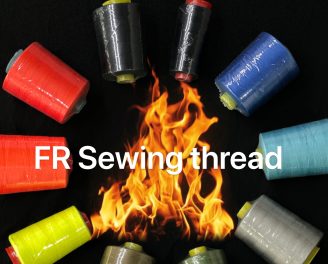
In high-ri…
Read article
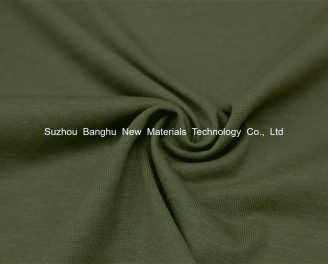
When it co…
Read article
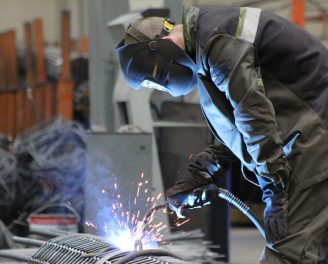
In today’s…
Read article
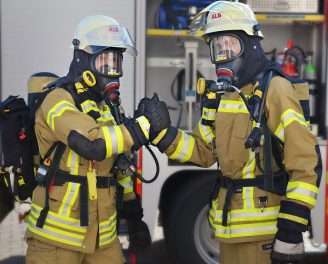
In high-ri…
Read article
